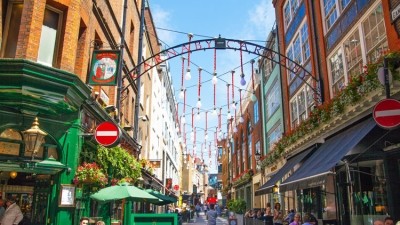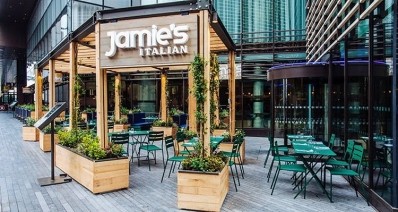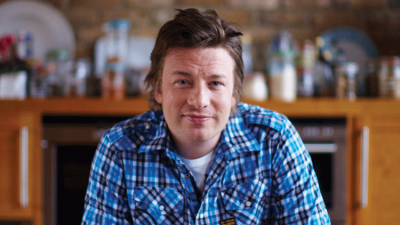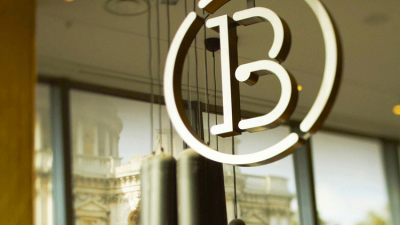Jamie's Italian CEO: "We became complacent...now we've got a fight on our hands"
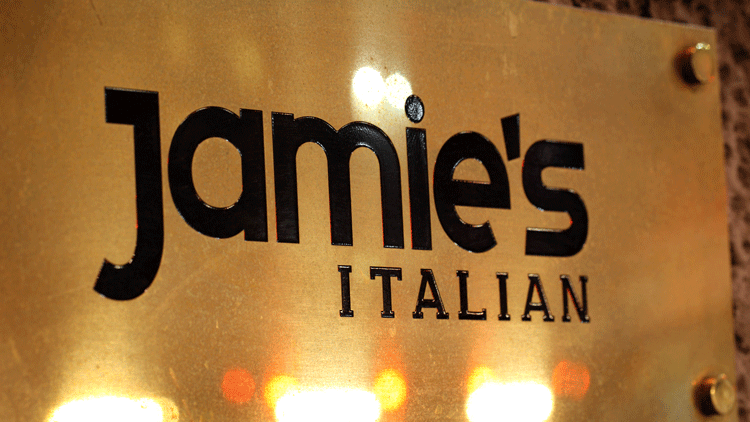
Speaking at the Casual Dining Show in London this week, Jon Knight said the Jamie’s Italian chain had become "complacent" and failed to innovate in the decade since its launch.
It comes after the group approved a Company Voluntary Agreement to close 12 of its 37 restaurants, and its Barbecoa steakhouse in Piccadilly fell in to administration this week.
Knight, who took over as CEO in October, also hinted that expanding in to transport hubs could be a key part of the company’s turnaround strategy.
“Franchising is going to be a huge asset for us going forward,” he said. “We’ve done a load of development with SSP and we’re taking…everything we’ve learnt from our two incredibly successful sites at Gatwick airport and we’re going to start to diversify off the high street.”
He added that the decision to close 12 restaurants was the toughest of his career, but was vital to the chain’s survival. “It saved 1900 jobs, if we’d stayed the way we were the business would have folded.”
There was "no way" to save the Barbecoa site in Piccadilly, which opened in 2017, at a time when rents and business rates were "incredibly high", he said.
"We lost our way"
Knight admitted Jamie’s Italian had "rested on its laurels" over the last decade and failed to take stock of its competitors and how they were evolving.
Though the company traded well for the first five years, it started seeing started seeing problems in terms of covers and sales in 2016, recording losses of £9.9m.
“As a business we lost our way, we hadn’t acknowledged how much the UK high street had changed over the last ten years,” said Knight.
“Change wasn’t actioned quickly enough by us. The business quite honestly became a little bit complacent in several key areas.
“Other brands started doing what we were doing at a more affordable price. Suddenly they were the new thing, we didn’t invest in our estate or our brand so other newer, smarter and even smaller restaurants started to overtake us.”
As Jamie’s Italian grew it expanded to sites outside its initial template of major university towns and cities, which Knight admitted "just didn’t work".
He added that there had been a "growing disconnect" between Oliver and the restaurant group, which had "lost touch" with his original vision.
The chain also struggled with losing good chefs, managers and head office staff to its competitors.
Changes ahead
Going forward Jamie's Italian will work more closely with Oliver, and is moving its head offices to the same site as his media, licencing and nutritional team to become more integrated with the chef’s wider business.
It has also introduced a new menu model to improve food costs, and is planning to invest in revamping some of its sites, offering staff additional training and a "competitive" salary.
“The work we’ve done over the last three years feels as though we’ve been catching up the last 10 years,” said Knight.
“We didn’t innovate enough in the last decade, so we’re making up for it now.
“I strongly believe the Jamie’s business has a reason to exist. It’s got a place on the high street and it has a future that’s looking really positive.”
